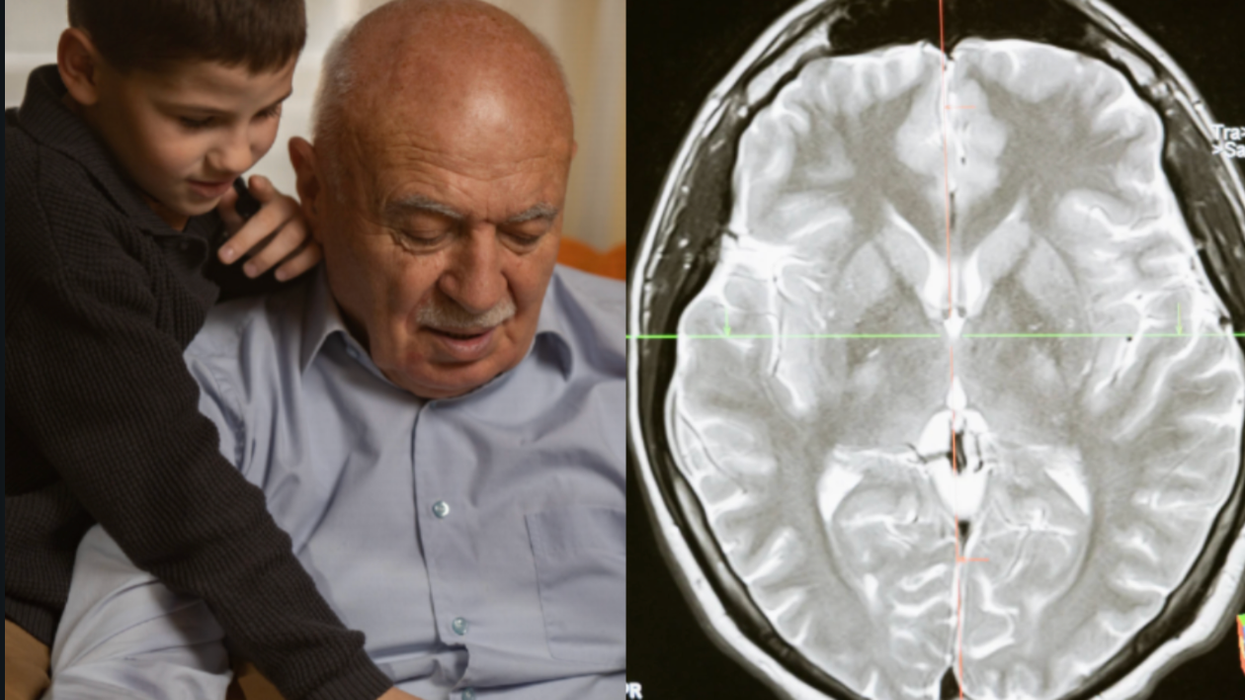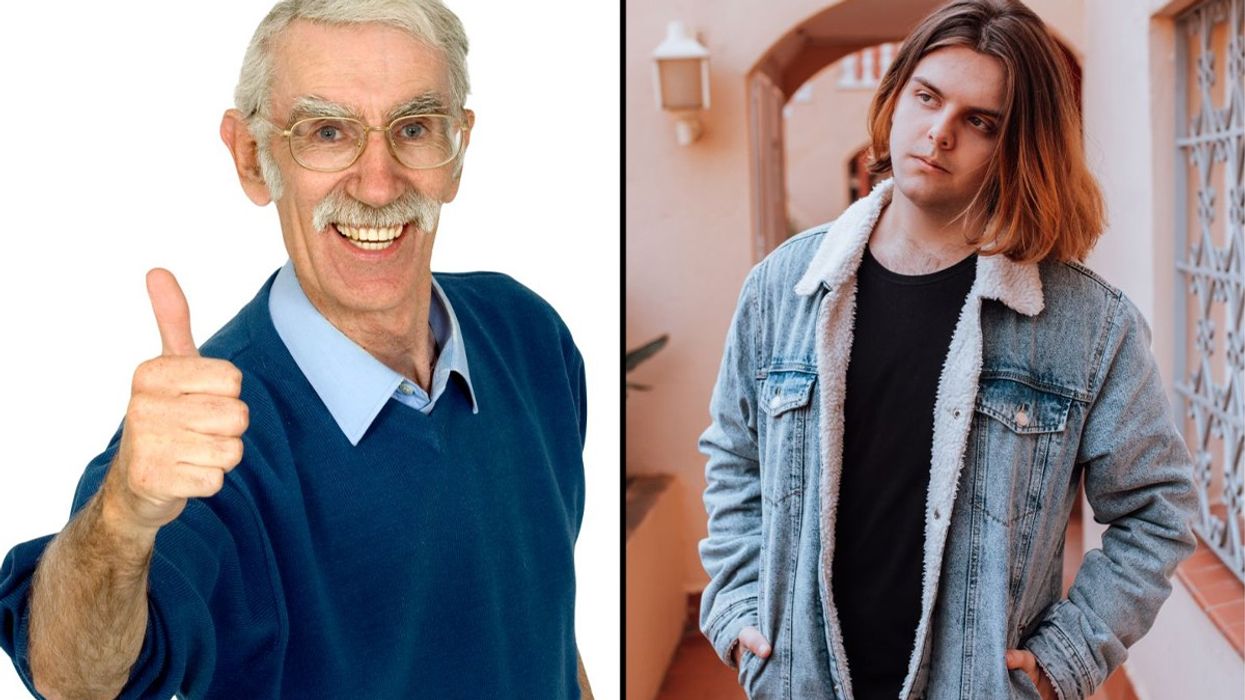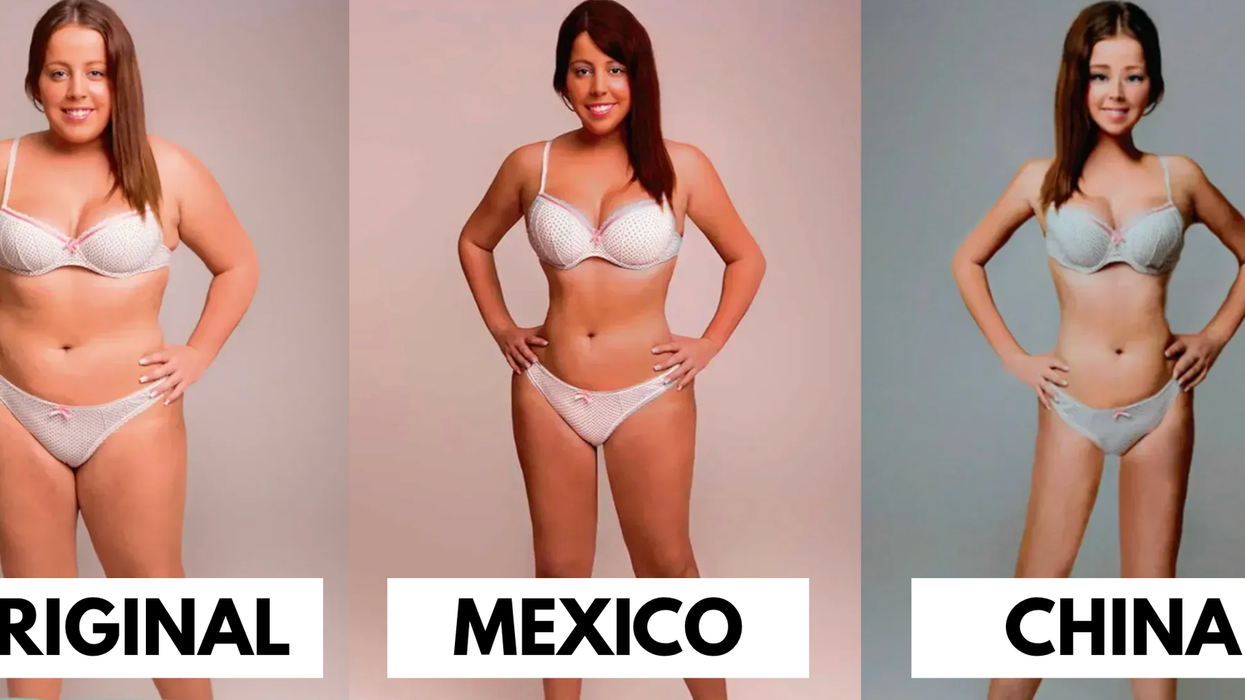[youtube]https://www.youtube.com/watch?v=rEDLg03teOk
A research group out of University College London is proposing an unusually ambitious upcycling scheme—turning all that plastic junk swirling about the Pacific into a habitable island. The students aim to design and release a really tiny, genetically engineered, synthetic plastic-eating organism that could aggregate all those bottle caps, plastic bags, and broken toys into floating real estate or what they've called the "Plastic Republic."
Sounds like the setup to a certain mid 1990s Kevin Costner film, but according to their site, they're not kidding.
The North Pacific Garbage Patch is the largest of many garbage patches identified around the world. The waste from these patches enters the digestive systems of resident organisms, which are affected either by the physical size of the plastic, or its toxicity from adsorbing organic pollutants.
We saw the merits of using synthetic biology to overcome this problem, especially as conventional methods cannot target the majority of the waste—microplastics. By ‘synthesising’ a new strain of bacteria, capable of detecting, aggregating, and buoying these elusive microplastics, we aim to construct ‘Plastic Islands’ for removal and reuse or construction of a 'Plastic Republic'
Apparently it's possible to "engineer enhanced adhesive properties" in Escherichia coli and marine bacteria Roseobacter denitrificans and Oceanibulbus indolifex in order to have them do this plastic collecting for us.
Despite the complex chemistry, the team behind Plastic Republic definitely has a comic streak. They crowdfunded the launch of their project, by "selling" parcels of land on the future archipelago, resulting in a curious lot of early homesteaders. On the north side of the southernmost island there's "Plastique Romney Club de Yacht," a "yacht harbor for prep school boys who pretend to be self-made."
We noted last year that the Great Pacific Garbage Patch is actually far smaller than we were all once led to believe. Still, the problem of polymers bobbing around in our oceans is massive and deserves innovative attention. To learn more about seafaring plastic pollution and what you can do about it, visit the Plastic Pollution Coalition.
















 Otis knew before they did.
Otis knew before they did.